Backflow Prevention Testing Schedule
Backflow prevention testing is essential for maintaining the safety and integrity of a water supply system. Regular testing ensures that backflow prevention devices function correctly, preventing contaminated water from flowing back into the clean water supply. The timing of these tests can impact the effectiveness of the system and compliance with local regulations.
Most jurisdictions recommend annual testing of backflow prevention devices to ensure ongoing protection and compliance.
Testing should be performed after installing or repairing backflow prevention devices to confirm proper operation.
Testing during the spring and fall can help identify issues before extreme weather conditions impact water systems.
Properties undergoing sale or transfer often require backflow testing to meet regulatory requirements.
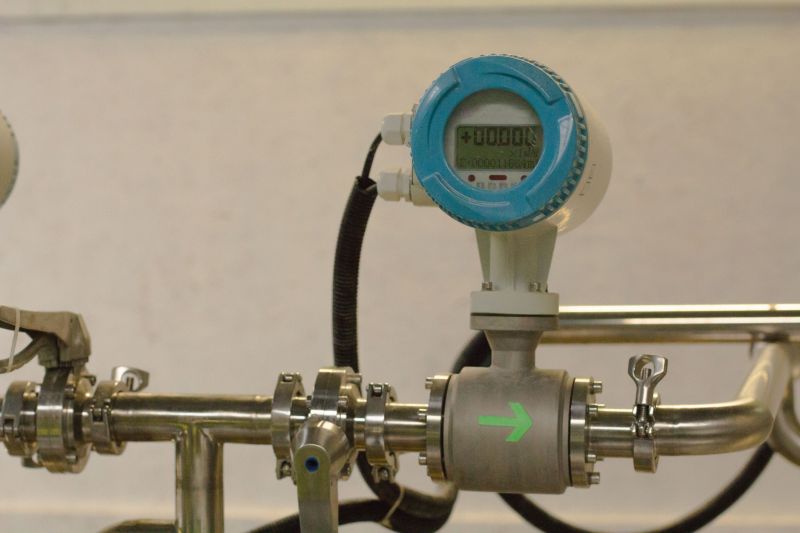
Ways to make Backflow Prevention Testings work in tight or awkward layouts.

Popular materials for Backflow Prevention Testings and why they hold up over time.
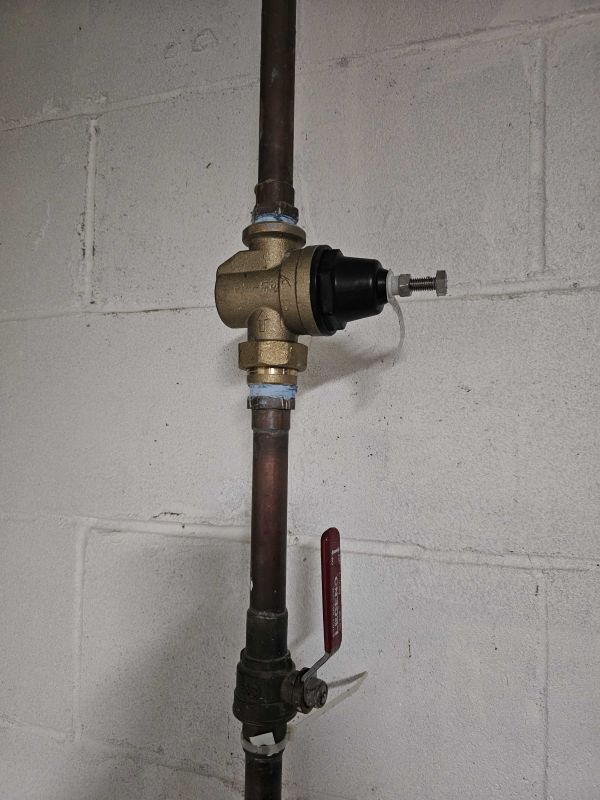
Simple add-ons that improve Backflow Prevention Testings without blowing the budget.
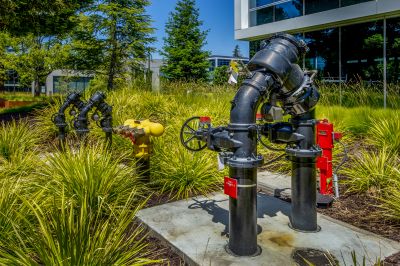
High-end options that actually feel worth it for Backflow Prevention Testings.
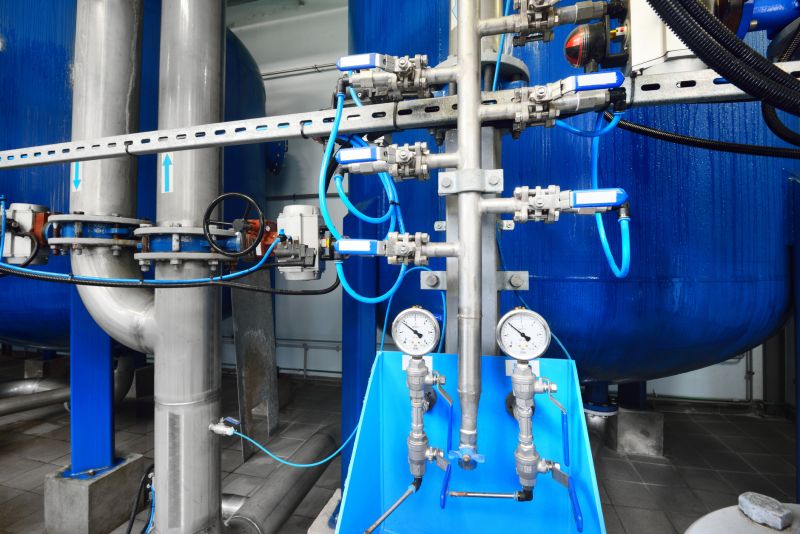
Finishes and colors that play nicely with Backflow Prevention Testings.
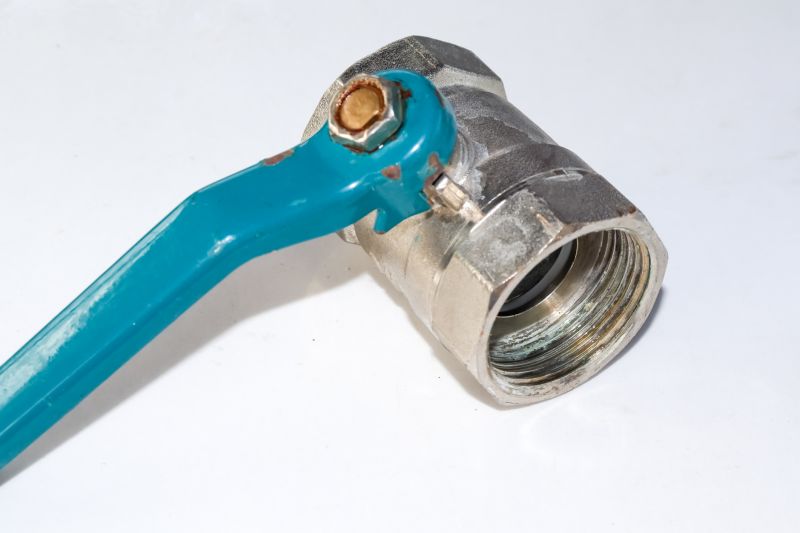
Little measurements that prevent headaches on Backflow Prevention Testings day.
Backflow prevention testing is a critical component of water system maintenance. It involves checking the functionality of devices designed to prevent contaminated water from flowing back into potable water supplies. Regular testing not only helps ensure compliance with local regulations but also protects public health by preventing potential contamination events.
Statistics indicate that systems with scheduled backflow testing experience fewer incidents of water contamination. Proper timing of tests can identify device malfunctions early, reducing the risk of costly repairs and health hazards. Conducting tests at appropriate intervals, especially before seasonal changes or property transactions, is vital for maintaining water safety standards.

A 60-second routine that keeps Backflow Prevention Testings looking new.

A frequent mistake in Backflow Prevention Testings and how to dodge it.

Small tweaks to make Backflow Prevention Testings safer and easier to use.

Lower-waste or water-saving choices for Backflow Prevention Testings.
Interested parties are encouraged to contact for scheduling backflow prevention testing. Proper timing and routine inspections are essential for maintaining water quality and compliance with safety standards.



